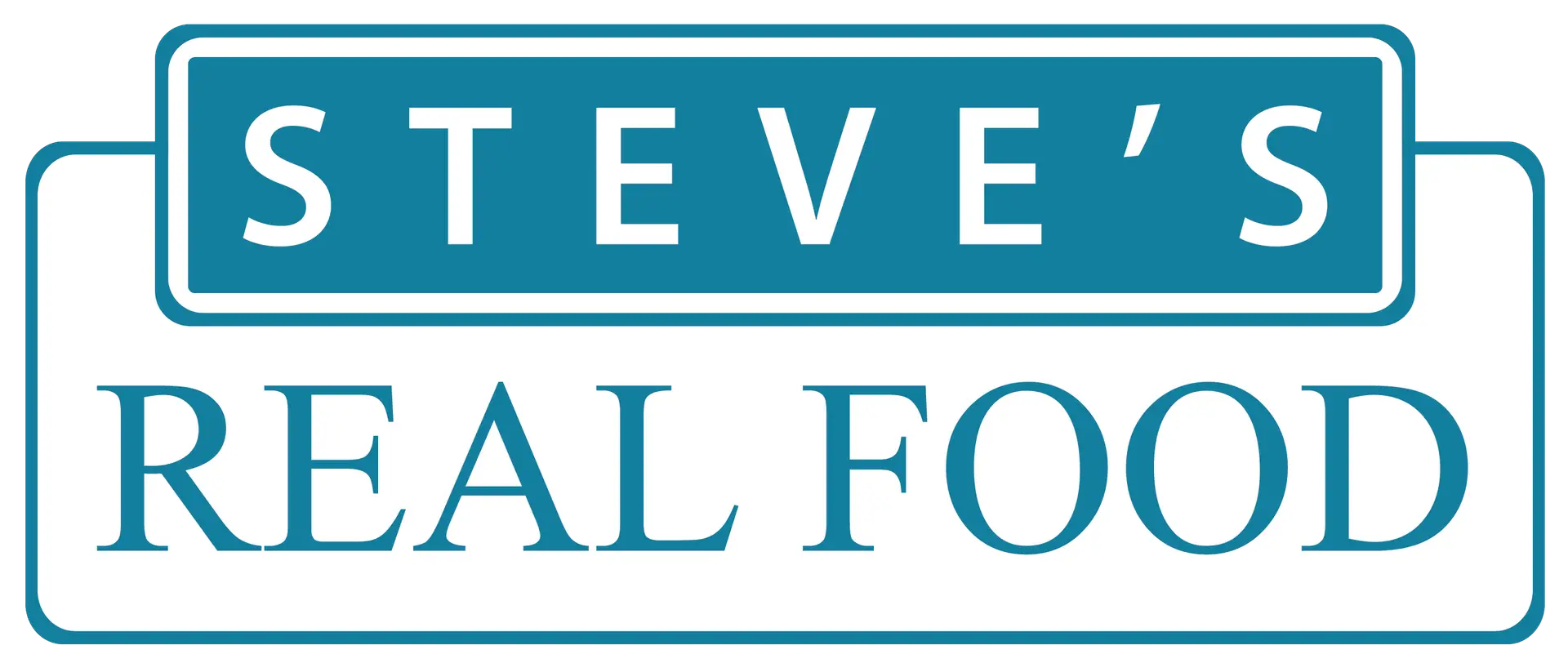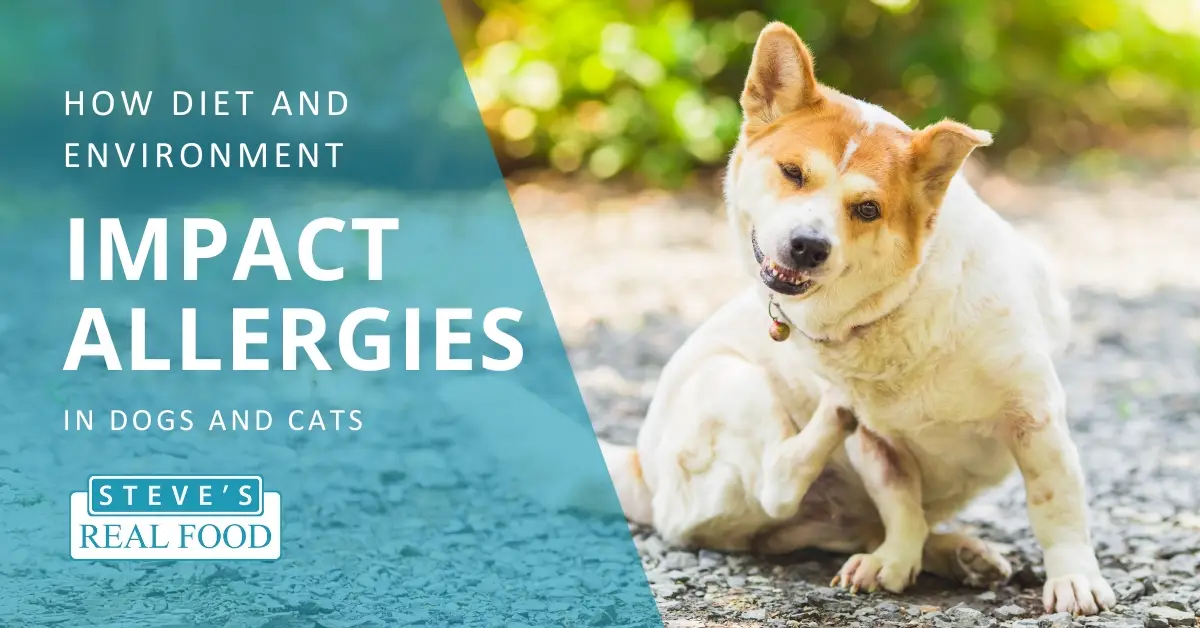Canine and feline nutritional requirements reflect evolutionary experience extending hundreds of thousands of years into the past. Until recently, dogs and cats always ate a diet based upon real, raw foods. Scientists are learning more every day about the values of phytochemicals, enzymes, antioxidants, bioflavonoids and essential fatty acids, especially the Omega-3s. Recent research, for example, is focusing on the cancer fighting properties of phytochemicals. There are tens of thousands of phytochemicals, which occur naturally in vegetables and fruits.
We believe that only fresh, raw, minimally processed foods, based upon the ancestral diets of dogs and cats, can provide all the essential known and unknown micronutrients upon which they evolved.
All Steve’s Real Food diets are complete and balanced and are formulated to meet or exceed AAFCO growth & reproduction guidelines for nutrient content. You can feed our food exclusively without having to worry about nutritional deficiency or excess. Take a look at our nutrient profiles for cat and dog foods.
What is Ash content?
The “ash content” is a measure of the total amount of minerals present within a food, whereas the “mineral content” is a measure of the amount of specific inorganic components present within a food, such as Ca, Na, and C1. Ash is the inorganic residue remaining after the water and organic matter have been removed by heating in the presence of oxidizing agents, which provides a measure of the total amount of minerals within a food. Determination of the ash and mineral content of the food for a number of reasons:
- Nutritional Labeling – The concentration and type of minerals present must often be stipulated on the label of a food.
- Quality – The quality of many foods depends on the concentration and type of minerals they contain, including their taste, appearance, texture and stability.
- Microbiological stability – High mineral contents are sometimes used to retard the growth of certain microorganisms.
- Nutrition – Some minerals are essential to a healthy diet (e.g., calcium, phosphorous, potassium and sodium) whereas others can be toxic (e.g., lead, mercury, cadmium and aluminum).
- Processing – It is often important to know the mineral content of foods during the process because this affects the physicochemical properties of foods.
How much protein is in Steve’s? 10% protein for dogs and 14% for cats sounds so low.
All natural diets for dogs and cats are high in protein and so is Steve’s Real Food. On a dry matter basis, Steve’s Real Food for Dogs is 45% protein, and Steve’s Real Food for Cats is 48% protein.
On the package of all pet foods, one can find a guaranteed analysis. The guaranteed analysis refers to the amount of the product by weight that is protein, fat, fiber and water. Steve’s Real Food for Dogs is 10% protein by weight.
The natural diets of dogs and cats contain a lot of water, as does Steve’s. Almost all natural ingredients have a high water content: Meat is 60 to 80% water, vegetables and fruits are 90% or more water. The natural method for dogs, and especially cats, to get their water is through their foods.
Water does not add calories. Therefore the proper way to look at protein is on a dry matter (DM) basis. Remove the water, and look at the percentage of the food that is protein. On our label, we list the percentage of the product that is protein. With natural diets the two percentages are quite different.
For example, let’s compare Steve’s Real Food (listed as 10% protein and 78% water) to a premium kibble (listed as 28% protein and 10% water). Divide the listed protein percentage by 1 minus the percent water. Examples:
Steve’s chicken, Protein (DM) = .10/(1-.78) = 45% protein.
A premium kibble, Protein (DM) = .25/(1-.10) = 28%.
Like all natural diets, Steve’s Real Food is a high protein food. In contrast, all kibbles are much lower in protein than the ancestral diet of dogs and cats. Even vegetables on a dry matter basis are more than 30% protein. In addition, with kibble much of the protein comes from grain, which is not a natural or complete source of protein for dogs and cats. There is a considerable difference in the quality between the protein in real, raw meats and the protein from extruded grain-based foods.
I’ve heard that dogs and cats have digestive problems when you change their diet. But you promote dietary variety. Will my dogs and cats get diarrhea?
Like humans, dogs and cats who are accustomed to variety can handle new foods with ease. Introduce new foods slowly to dogs and cats that are not used to variety.
One should feed a variety of food to puppies and kittens. Once they are accustomed to variety, they will accept new foods with ease.
Why do cats need taurine?
Taurine is a colorless, crystalline compound which is found in the free form in invertebrates and in the bile of mammals. It promotes the intestinal absorption of lipids (fats) as cholesterol.
Taurine is an important part of the feline diet and is essential in preventing a disorder in cats called “dilated cardiomyopathy” (which is a failure of the heart muscle whereupon the heart tissue itself swells to try to meet the animal’s circulatory needs), as well as being very significant in helping feline reproduction and prevention of a progressive retinal disease called feline central retinal degeneration (FCRD) which will cause blindness if left untreated.
In queens that have taurine-deficient diets, there are more still births, fewer live kittens born, and ultimately fewer kittens that survive to the weaning stage.
In the wild, rodents formed a large part of the feline diet, and the rodents had significant levels of taurine in their brains.
When we began to domesticate cats and feed them commercial cat foods instead of their wild diets, taurine deficiency started appearing.
This was of great concern, especially in the 1970’s, when it was proven that many commercial cat foods on the market at that time contained an inadequate amount of taurine.
Cats are different from other animals in that they cannot make enough taurine internally to meet their needs, and they must have enough taurine supplied to them in their food.
Since these studies came out, most major pet food companies revised their pet food formulas to include taurine. Interestingly enough, not all taurine is equal, and some commercial foods need to have even more taurine added to their formulas to allow for proper feline absorption and utilization of the taurine in their foods.




